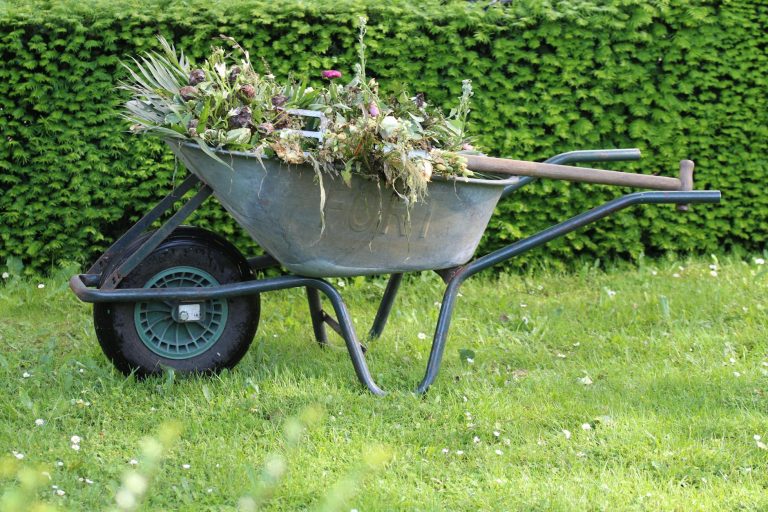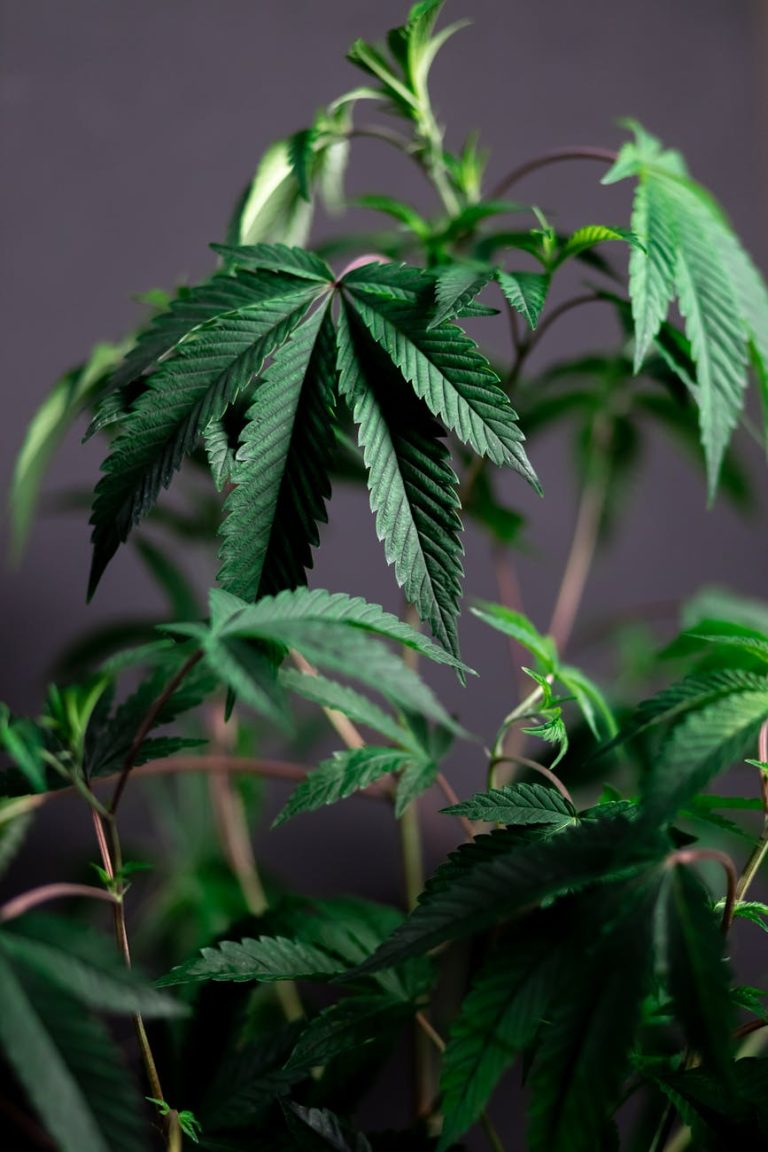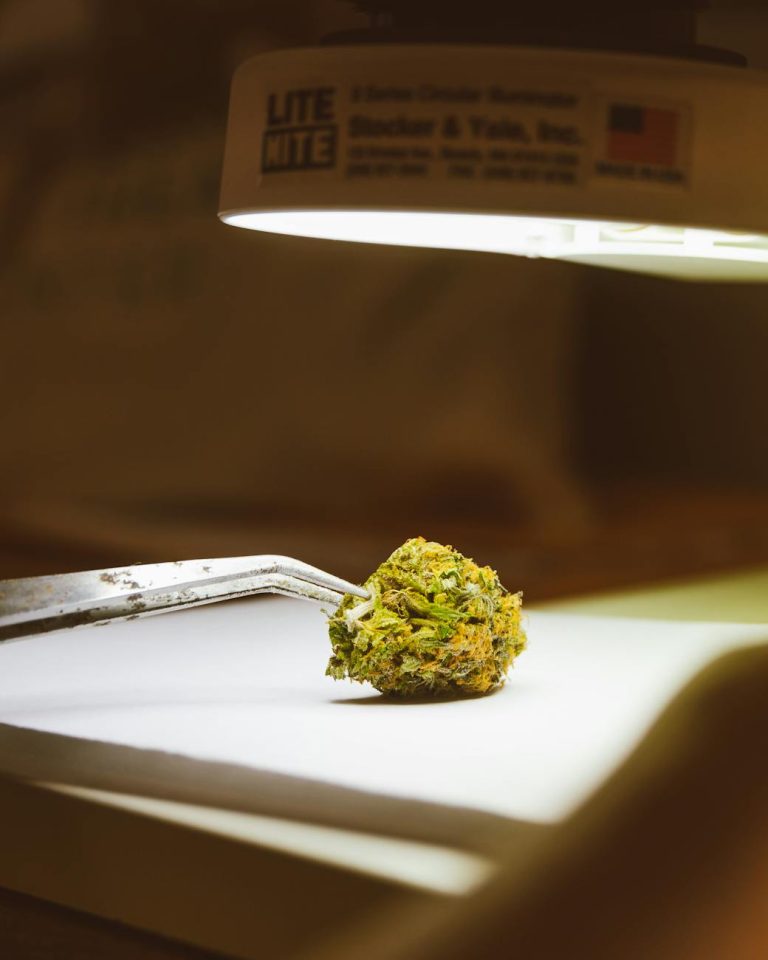Weeds: Unveiling the Science Behind Their Indestructibility
Discover the untold secrets of weed resilience as we unravel the science behind their indestructibility. What makes these pesky plants so tough? Lets delve into the fascinating world of weed biology and uncover the key to their tenacity.
“Weeds: Unveiling the Science Behind Their Indestructibility”
Weeds are a common nuisance that every gardener and homeowner encounters at some point. These pesky plants seem to thrive in the most challenging conditions, outcompeting desired plants for nutrients, water, and sunlight. What makes weeds so resilient and seemingly indestructible? Let’s delve into the science behind weeds and uncover the secrets of their tenacity.
Understanding Weed Biology
Weeds are simply plants that grow where they are not wanted. Despite their negative connotation, weeds are highly adaptive and opportunistic in nature. They have evolved various survival mechanisms that enable them to flourish in diverse environments. Weeds reproduce prolifically through methods such as seed dispersal, underground rhizomes, and vegetative propagation. Their ability to quickly colonize an area and outcompete other plants is attributed to their reproductive strategies and efficient resource uptake.
The Role of Genetics in Weed Resilience
Genetics play a crucial role in shaping the characteristics of weeds. Many weed species possess genetic traits that confer resistance to herbicides, pests, and environmental stressors. Through natural selection, weeds have developed mechanisms to overcome challenges that would normally hinder plant growth. These adaptive traits are passed down through generations, contributing to the resilience and persistence of weeds in various habitats.
Environmental Adaptations of Weeds
Weeds have evolved to thrive in a wide range of environments, from disturbed landscapes to fertile gardens. Their ability to germinate quickly, grow rapidly, and produce copious amounts of seeds ensures their survival in competitive ecosystems. Weeds exhibit phenotypic plasticity, meaning they can adjust their growth and development in response to environmental cues such as light, temperature, and soil conditions. This adaptability enables weeds to exploit diverse habitats and outcompete native vegetation.
Strategies for Weed Management
Controlling weeds can be a challenging task, but understanding their biology and ecology is crucial for effective weed management. Integrated weed management strategies combine cultural, mechanical, biological, and chemical control methods to mitigate weed infestations. Prevention measures such as mulching, proper irrigation, and crop rotation can help suppress weed growth. Mechanical techniques like hand-pulling, mowing, and tilling are effective for small-scale weed control. Biological control involves using natural enemies such as insects or pathogens to reduce weed populations. Herbicides are commonly used to target weeds selectively while minimizing harm to desirable plants.
Conclusion
In conclusion, weeds are remarkable plants with extraordinary adaptability and resilience. Their ability to thrive in diverse environments and outcompete native vegetation poses significant challenges for gardeners, farmers, and land managers. By gaining insights into the science behind weeds, we can develop effective strategies for controlling and managing these tenacious plants. By implementing integrated weed management practices and staying informed about the latest research in weed science, we can work towards maintaining healthy and productive landscapes while keeping weeds in check.






